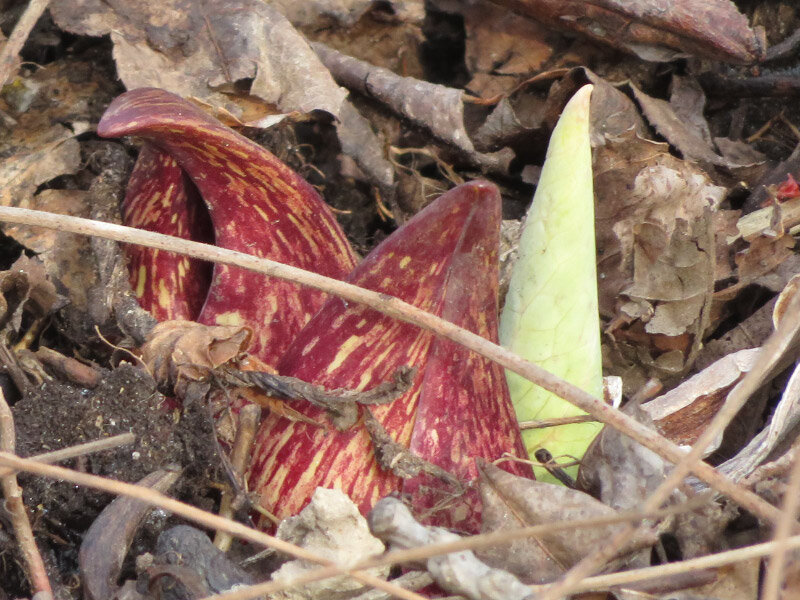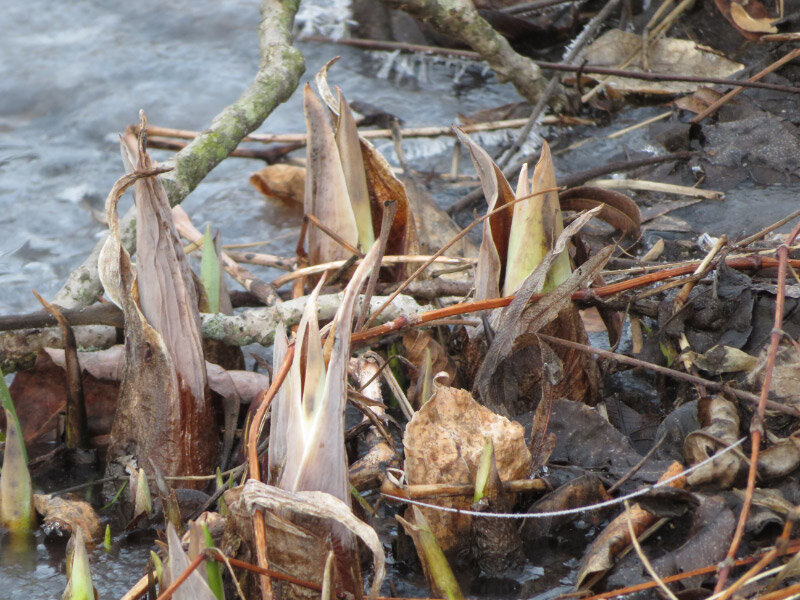Valley Water Mill Park
/The MSU Identifying Woody Plants class went to Valley Water Mill Park last week. It is northeast of Springfield MO and includes a variety of habitats: upland forest, bottomland forest, wetland, glade, prairie, savanna, and lake/stream. It’s a place I will want to visit again.
We saw a lot of trees we had seen before and some new ones too. The fall is changing the way we go about identifying the woody plants we’d seen before.
The bald cypresses are losing their needles…and there were trees at this park with knees (the previous ones were growing in locations where they did not produce knees). The knees make them easy to ID.
The buttonbush had lost its leaves, but the round seed heads make it easy enough to ID.
There were lots of sycamore leaves on the ground…many were huge and, sometimes, still green.
A Wahoo was obvious but our teacher said there was aphid damage too which is frustrating.
Poison ivy berries…new-to-me…good to know.
Black cherry bark – of a young tree and an older tree.
Some new species:
A bittersweet – no leaves but lots of fruit.
A chestnut – ID from the bur alone down to genus.
Japanese honeysuckle. This is one I recognize easily but I hadn’t noticed the seeds before.
Coralberry. This might be one I add to my yard someday – although I don’t know where yet.
Black haw or cherry-leafed viburnum is even more likely to find its way into my yard. It might make a good planting in the bowl left from a tree in my front yard that was removed before we bought the house. It is a shrub that does well in shade so it might work to fill in between the two maples and provide flowers in the spring and fall/winter food for wildlife.
The lake was low even though there had been about an inch of rain the previous night. The area has been in drought for so long that it is going to take time to replenish the water level. There was evidence of beaver (many of the trees have wire cages around their base for protection.
Valley Water Mill Park might become one of my favorite places in the Springfield area. My husband and I will probably make a ‘field trip’ there and walk the whole loop around the lake. I also filled out the form to volunteer for their education/outreach programs.
















































































